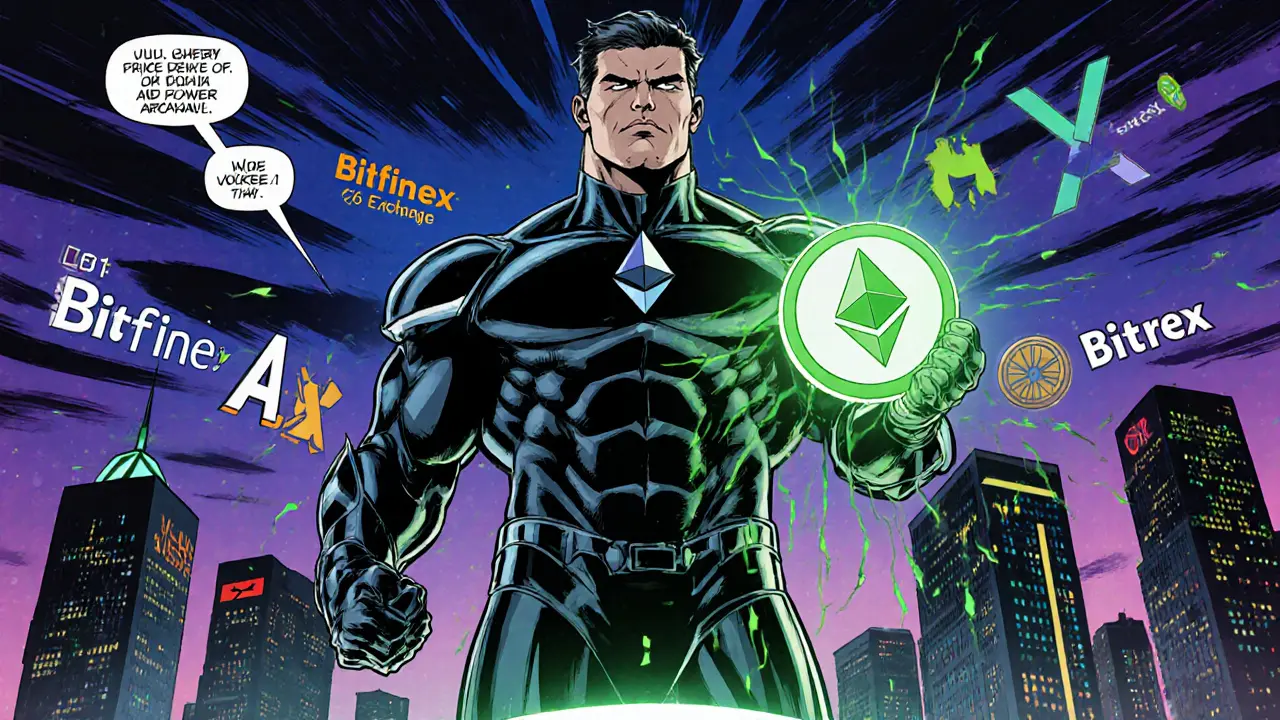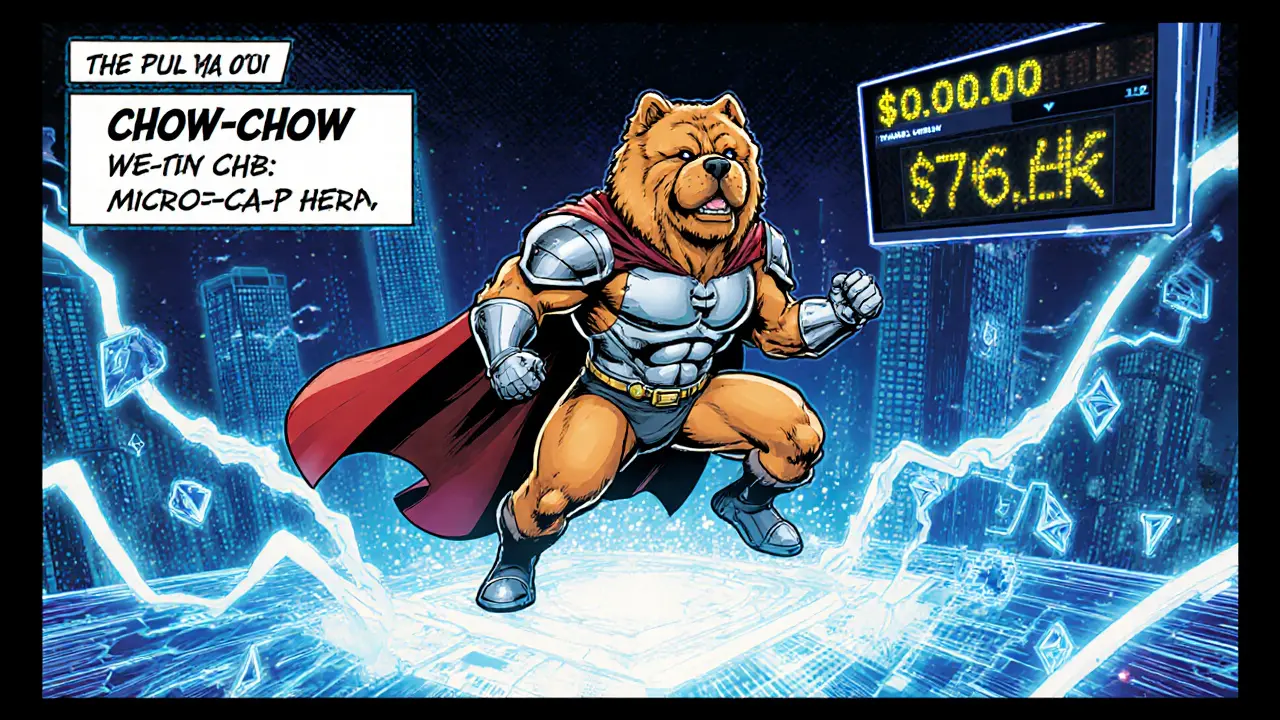When you hear ERC-20, the most widely adopted token standard on the Ethereum blockchain that defines how tokens can be transferred, approved, and interacted with. Also known as Ethereum token standard, it forms the backbone of thousands of projects from stablecoins to gaming assets. The Ethereum, a decentralized platform that runs self‑executing code called smart contracts hosts every ERC-20 token, while each token lives inside a smart contract, code that automatically enforces token rules, balances, and transfer logic. This trio creates a simple equation: ERC‑20 defines the token, Ethereum provides the network, and smart contracts enforce the rules. Because of that, developers can launch airdrops, DeFi protocols, and decentralized exchanges (DEXs) without reinventing the wheel. In short, ERC‑20 enables token creation, Ethereum supplies the environment, and smart contracts make the system trustworthy.
Every major airdrop you see on DexBand – whether it’s a gaming token like Knight War (KWS) or a utility token like SORA (XOR) – runs on the ERC‑20 framework. The standard’s simple interface means wallets, explorers, and DEX aggregators can read token balances without custom integration. That uniformity fuels liquidity: a token listed on one DEX instantly becomes tradable on another, as seen in reviews of Hydax, Helix Markets, and PhotonSwap. Moreover, ERC‑20 tokens are the default choice for token‑based fundraising, staking, and governance, which explains why we see so many articles about tokenomics, market cap calculations, and restaking protocols like EigenLayer. When you combine ERC‑20 with DeFi primitives, you get powerful tools – yield farms, liquidity pools, and automated market makers – that let you put your tokens to work. The ecosystem also benefits from clear security expectations: audits focus on the smart contract code, while Ethereum’s consensus layer handles settlement, making it easier to assess risk across projects.
Our curated collection below pulls together the most practical pieces for anyone dealing with ERC‑20 tokens. You’ll find deep dives into modular blockchain architecture that impact how ERC‑20 tokens scale, step‑by‑step guides for running a Bitcoin DCA strategy that can complement an ERC‑20 portfolio, and hands‑on reviews of exchanges where you can actually trade these tokens. Whether you’re chasing the latest airdrop, comparing fees across DEXs, or trying to understand how market cap is calculated for a new token, the articles give you actionable insight. Dive in and discover how the ERC‑20 standard continues to shape the crypto landscape.

Learn what Arbidex (ABX) is, how its ERC‑20 token works, the platform's arbitrage model, market performance, risks, and how to start trading.

Learn what CHOW CHOW (CHOW) crypto coin is, its Ethereum basics, community focus, price outlook, buying steps, and key risks in a concise guide.